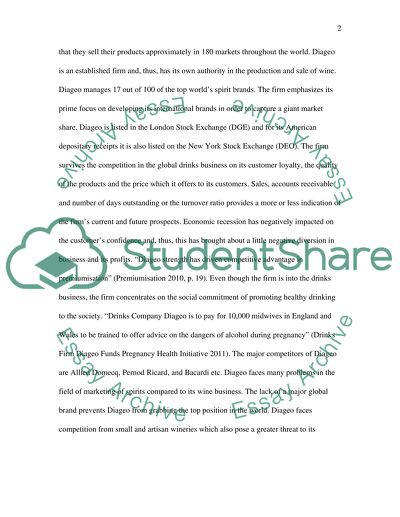Cite this document
(“Financial Analysis of the Company Diageo Essay Example | Topics and Well Written Essays - 2250 words”, n.d.)
Retrieved from https://studentshare.org/finance-accounting/1441570-financial-analysis-company-diageo
Retrieved from https://studentshare.org/finance-accounting/1441570-financial-analysis-company-diageo
(Financial Analysis of the Company Diageo Essay Example | Topics and Well Written Essays - 2250 Words)
https://studentshare.org/finance-accounting/1441570-financial-analysis-company-diageo.
https://studentshare.org/finance-accounting/1441570-financial-analysis-company-diageo.
“Financial Analysis of the Company Diageo Essay Example | Topics and Well Written Essays - 2250 Words”, n.d. https://studentshare.org/finance-accounting/1441570-financial-analysis-company-diageo.


